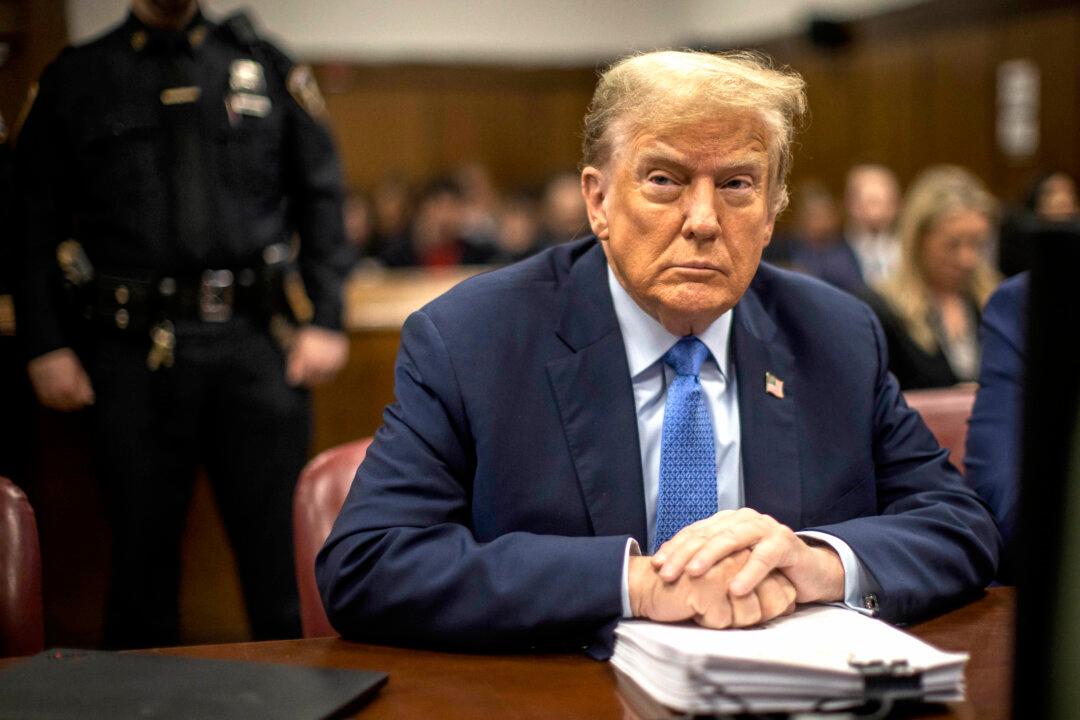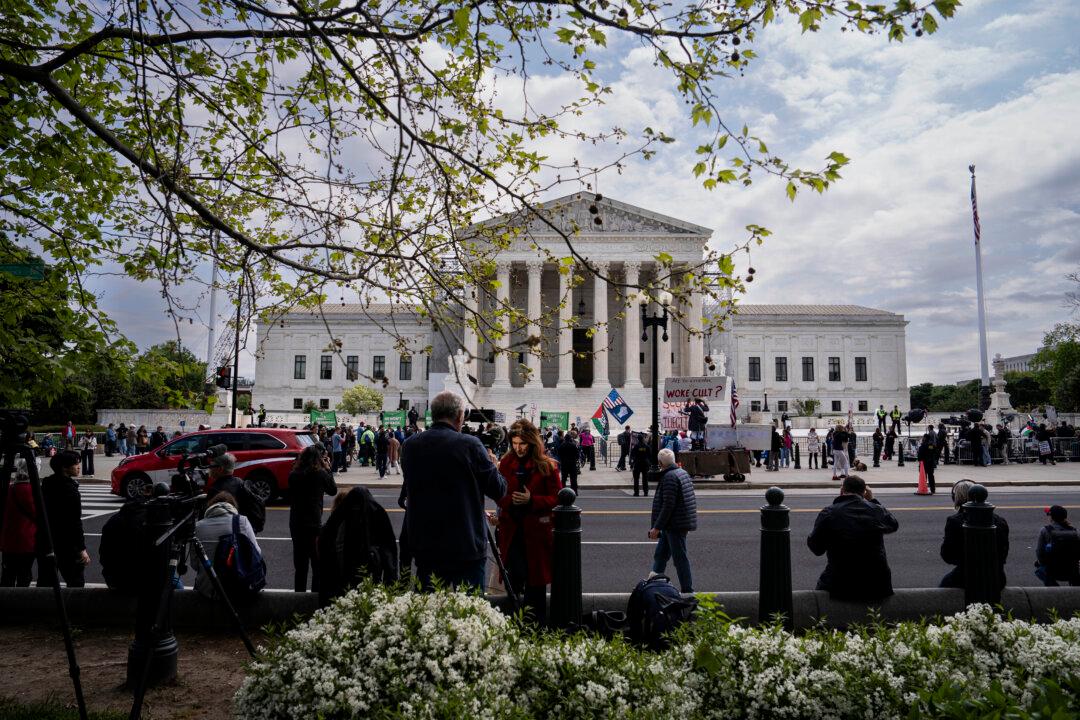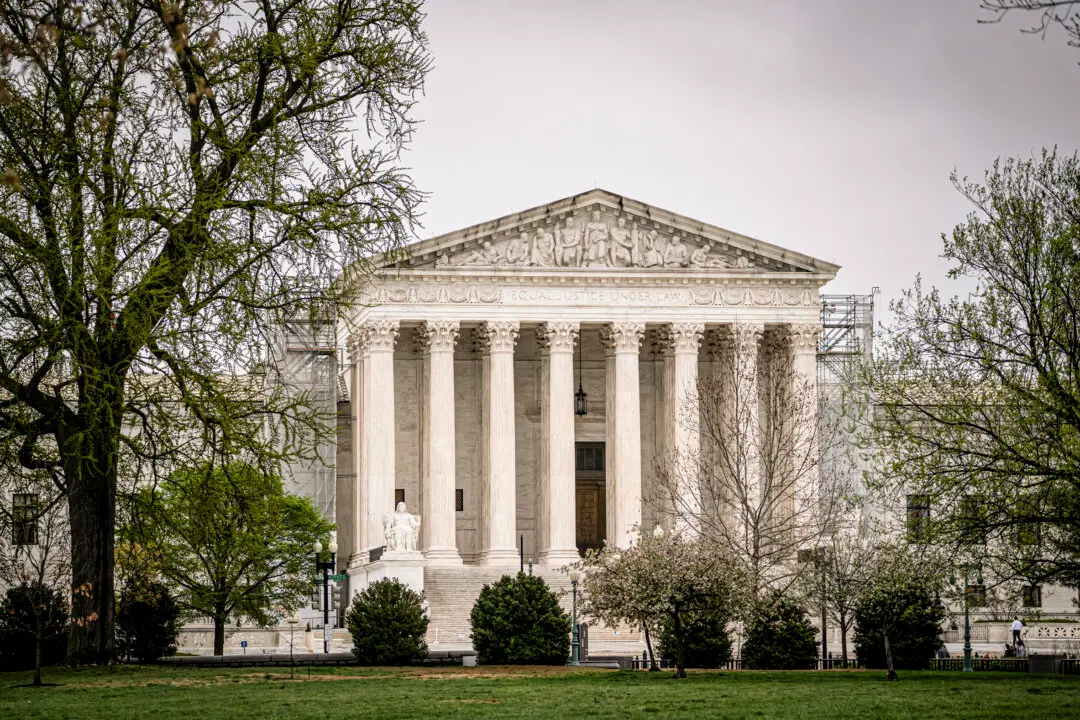GULLANE, Scotland—Phil Mickelson described his feelings toward links golf as a “hate-love” relationship, meaning he once dreaded coming over to the British Open for a brand of golf played only once a year. Now he loves it.
Mickelson is not sure when he figured out the secret to links golf.
Even though he won the British Open in his 20th try, he played good enough to win twice before. He finished one shot out of a playoff at Royal Troon in 2004, and a Sunday charge at Royal St. George’s two years ago was derailed when he missed a short par putt on the back nine. But he was always capable. Anyone with more than 40 titles and multiple majors can win anywhere on any surface.
He still won’t be looked upon as a links specialist, not like Tiger Woods or Ernie Els from his generation.
Even so, Mickelson’s three-shot victory at Muirfield for his fifth career major was every bit as important as his first major in 2004 at the Masters. The greatest players don’t just have multiple majors, their major trophies come in a variety of shapes and sizes, such as green jackets and silver jugs, along with more traditional cups.
The ultimate measure of greatness is the career grand slam.
Five players make up the most elite class in golf—Tiger Woods, Jack Nicklaus, Gary Player, Ben Hogan, and Gene Sarazen.
Woods won his career grand slam when he was 24 and had played in only 15 majors. Nicklaus and Player had all four majors when they were in their 20s. Hogan and Sarazen got theirs before the modern version of the grand slam even came into existence.
In that context, the last player to pick up the third leg of the Grand Slam would have been Floyd when he won the 1986 U.S. Open at Shinnecock Hills. By then, he was 43 and not considered a favourite to add a claret jug to his collection.
Mickelson also is 43, though the dynamics are entirely different.
For starters, he believes he is playing some of the best golf of his career, and it’s hard to doubt him. Mickelson has won three times this year, including the Phoenix Open where he missed out on a 59 by the smallest of margins, and a win last week in the Scottish Open.
And the missing link is the U.S. Open, which Mickelson always thought would be the one major he could win. It hasn’t been from a lack of effort. Mickelson holds the U.S. Open record with six silver medals, the latest heartbreak coming only a month ago at Merion. He was poised to win until twice making bogey with a wedge in his hand.
Mickelson’s national championship has never meant more than it does now.
“I think that if I’m able to win the U.S. Open and complete the career grand slam, I think that’s the sign of the complete, great player,” he said. “And I’m a leg away. And it’s been a tough leg for me.”
The U.S. Open returns to Pinehurst No. 2 next year, a slightly different course that now features expanses of sandy waste area. It’s not quite the same as when Payne Stewart beat Mickelson by one shot with a par on the 18th hole. And don’t forget, Mickelson finished 12 shots out of the lead at Pinehurst in 2005.
True, he needs the U.S. Open to be looked upon in a different light, to join the greats of the game.
But he does not need the U.S. Open to be looked upon as a complete player. The claret jug takes care of that.
There’s something special about winning three majors, something grand about four.
Mickelson took care of the hard part with one of the greatest closing rounds in a major at Muirfield. He is not done yet.
With files from The Canadian Press



